Nelson Atkins-Museum of Art
Kansas City, Missouri, US
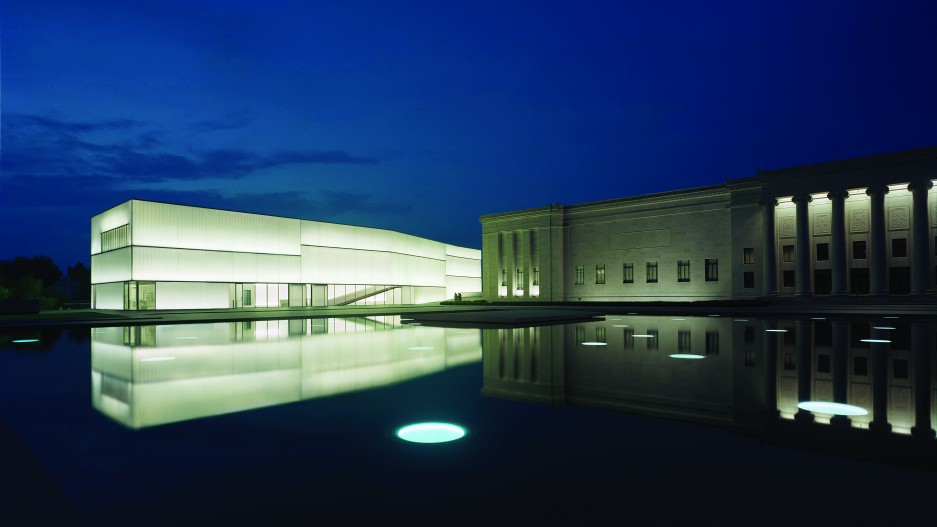
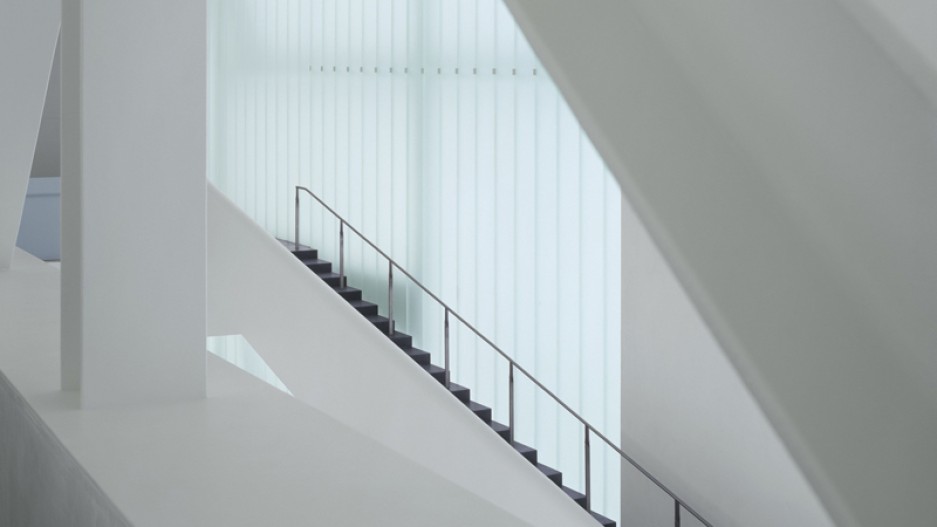
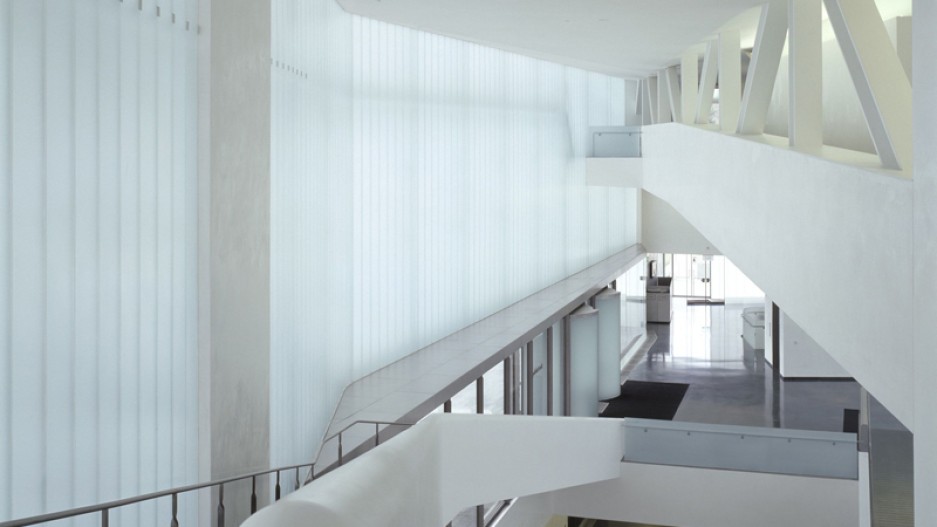
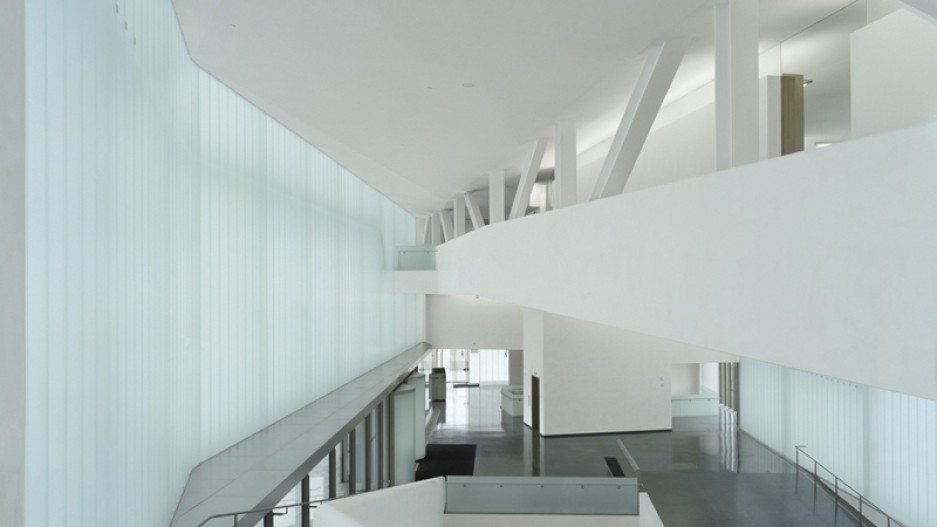
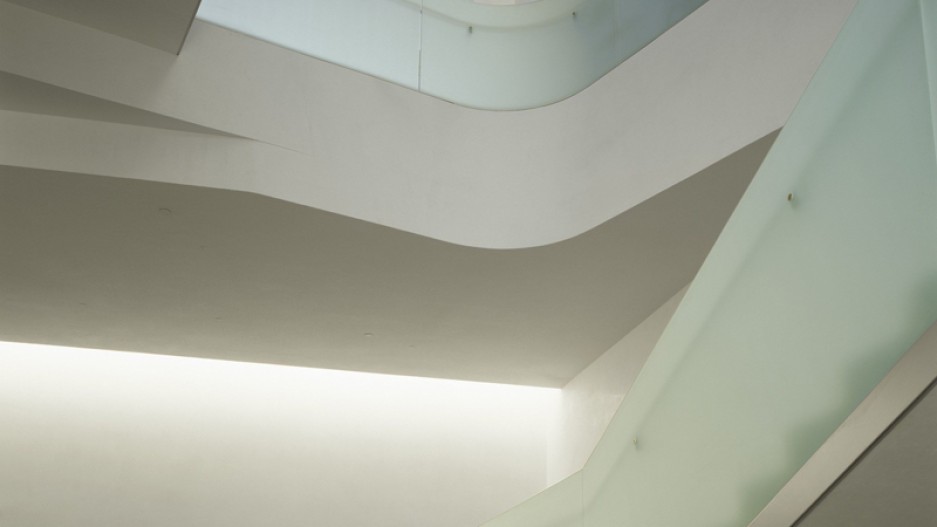
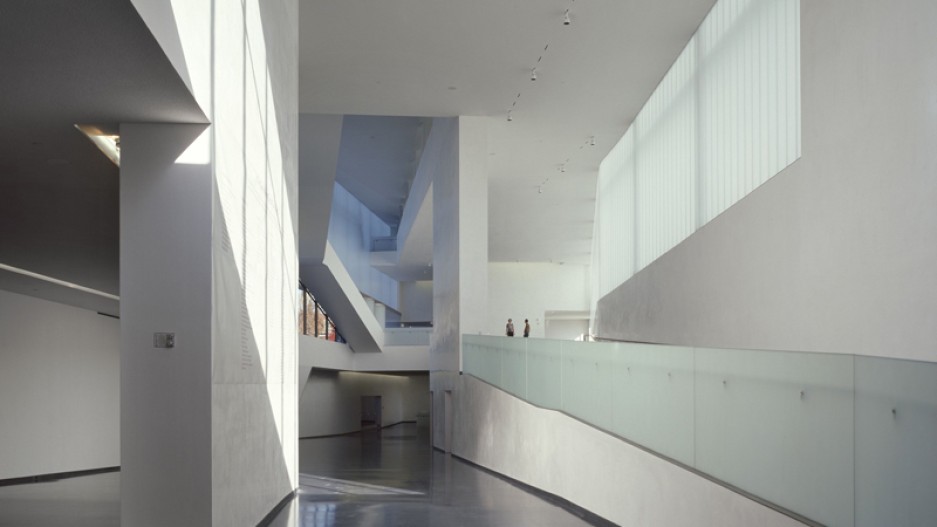
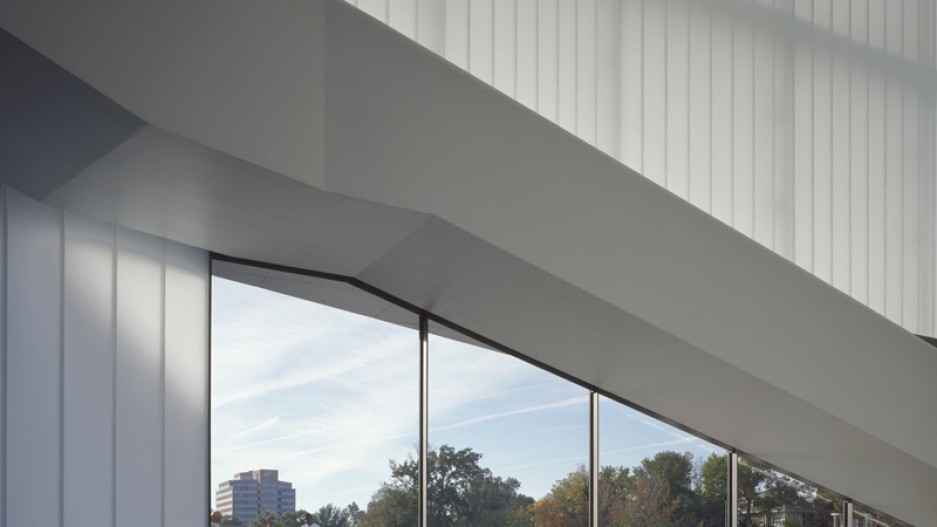
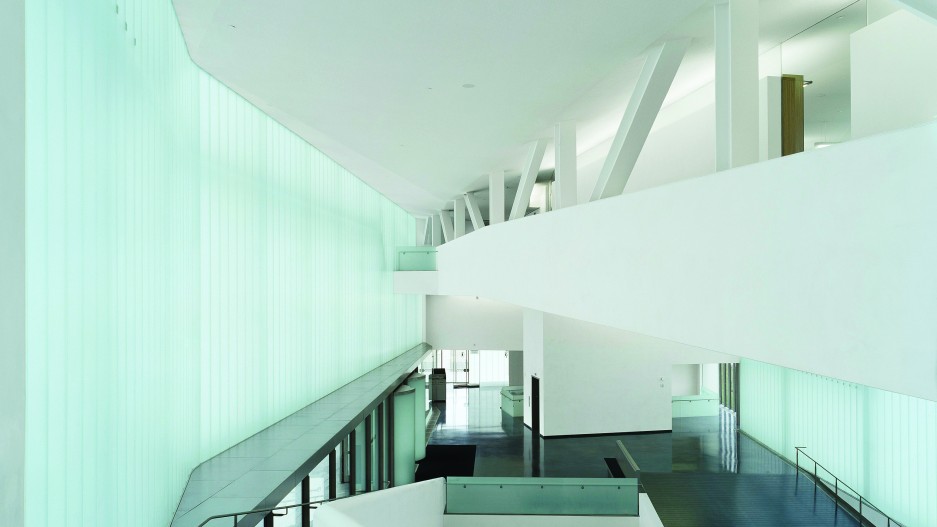
Facts and downloads
- Architect: BNIM, Steven Holl Architects
- Location: Kansas City, Missouri, US
- Area: 16500 m² (177,606 ft²)
- Fellert Area: 3000 m² (32,292 ft²)
- Fellert Installer: E&K of Kansas City
- Type: New construction
Downloads
Culture
New meets old: Working without being seen
The Nelson Atkins Museum of Art, with its main building in the classical style, is one of America’s largest and most significant art museums. A magnificent addition designed by architect Steven Holl was inaugurated in 2007 – five interconnected “lenses” in the form of glass blocks, towering up to ten meters above a subterranean complex. Fellert’s solutions contributed to full freedom of design and played a significant part in realizing the expansive visions.
In encounters between the old and the new, such as with the addition to the Nelson-Atkins Museum of Art, tough demands are placed on the details. Working without being seen was the order of the day for this very advanced project. With its irregular shapes and transitions between walls and ceilings, traditional recessed acoustical insulation was not an option. Fellert gave Steven Holl and his colleagues the capabilities they were looking for and we could follow our motto: “We’re at our best when we can’t be seen.”
Nicolai Ouroussoff, former architectural critic for The York Times, put the experience into words: “The result is a building that doesn’t challenge the past so much as suggest an alternate world view that is in constant shift. Seen from the north plaza, the addition’s main entrance gently defers to the old building, the crystalline form suggesting a ghostlike echo of the austere stone facade. From there, the eye is drawn to the distinct yet interconnected translucent blocks, which are partly buried in the landscape”.
Links:
Nelson Atkins Museum of Art on Wikipedia
nelson-atkins.org
stevenholl.com
nytimes.com
(Photo: Timothy Hursley/ Nelson Atkins-Museum of Art)
Top benefits
- Good acoustical qualities despite large surfaces with hard materials
- Good acoustical qualities despite traditional recessed sound insulation not being an option
- Full freedom of design
